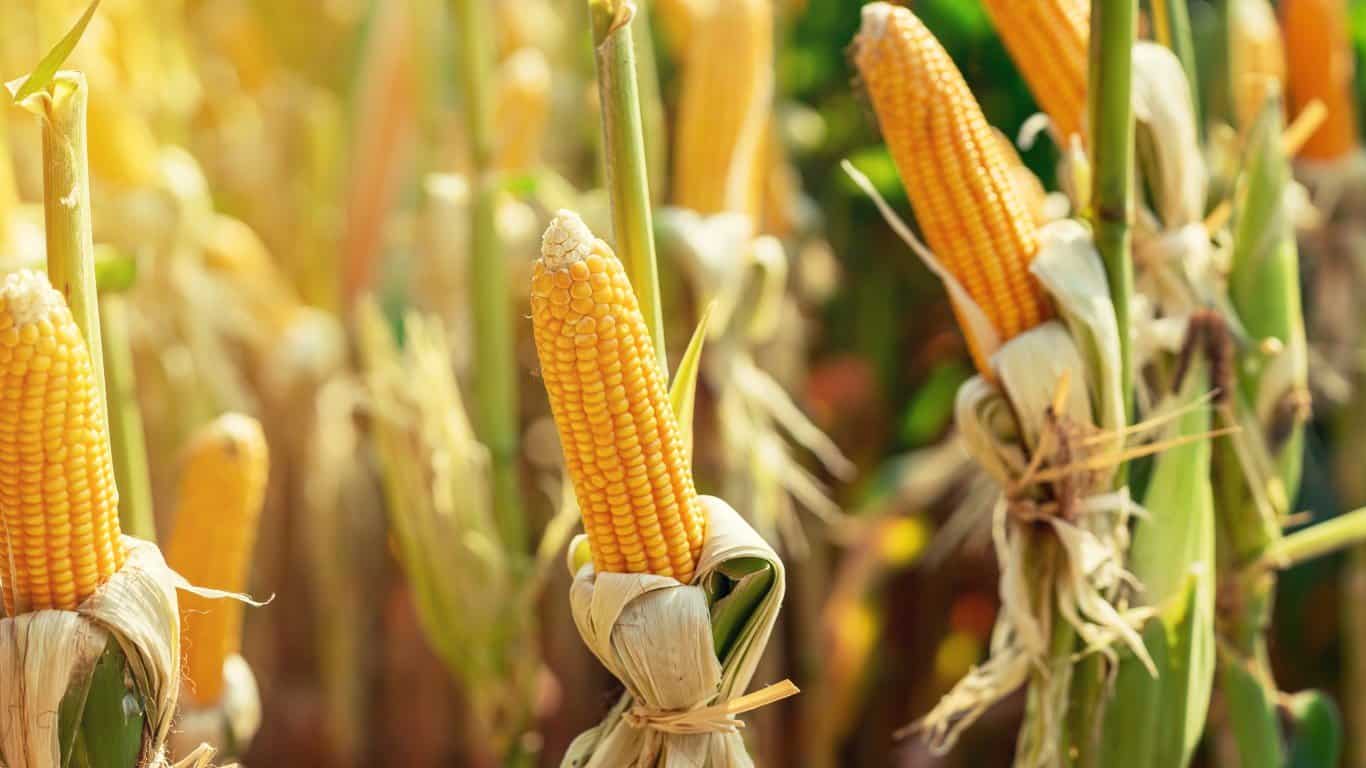Three fifths of the world’s food crops originated in the Americas. This includes Thai chili peppers, Italian heirloom tomatoes, and Irish potatoes. Pre-Columbian civilizations had been cultivating a diversity of fruits and vegetables for millennia before Europeans arrived in the New World and brought these crops back across the oceans.
Many iconic American dishes like cornbread, succotash, and baked beans have indigenous roots. To determine foods that were actually developed by Native Americans, 24/7 Tempo referred to numerous sources including ScienceDirect and the American Indian Health and Diet Project (AIHDP).
Indigenous peoples of the New World domesticated major crops including beans, squash, peppers, tomatoes, and potatoes for thousands of years, resulting in many of the diverse varieties we see today. Trade routes from the Andes all the way to the Appalachian mountains led to the spread of these crops, and regional varieties were bred to survive in new bioregions.
Wild food and game including salmon, deer, maple sap, and berries were also staple foods for many Native American tribes. We still relish many of these foods today – and often in similar forms to traditional indigenous recipes. Southern cuisine has adopted a particularly large portion of these dishes into its repertoire, including hominy, fried green tomatoes, hush puppies, and barbecue. (These are the best BBQ spots in America.)
To determine foods that were actually developed by Native Americans, 24/7 Tempo referred to numerous sources including ScienceDirect, the American Indian Health and Diet Project (AIHDP), Delish, and PowWows. (These are 20 American foods often confused as foreign delicacies.)
Scroll below to see foods Native Americans invented that we still eat today:
Baked beans
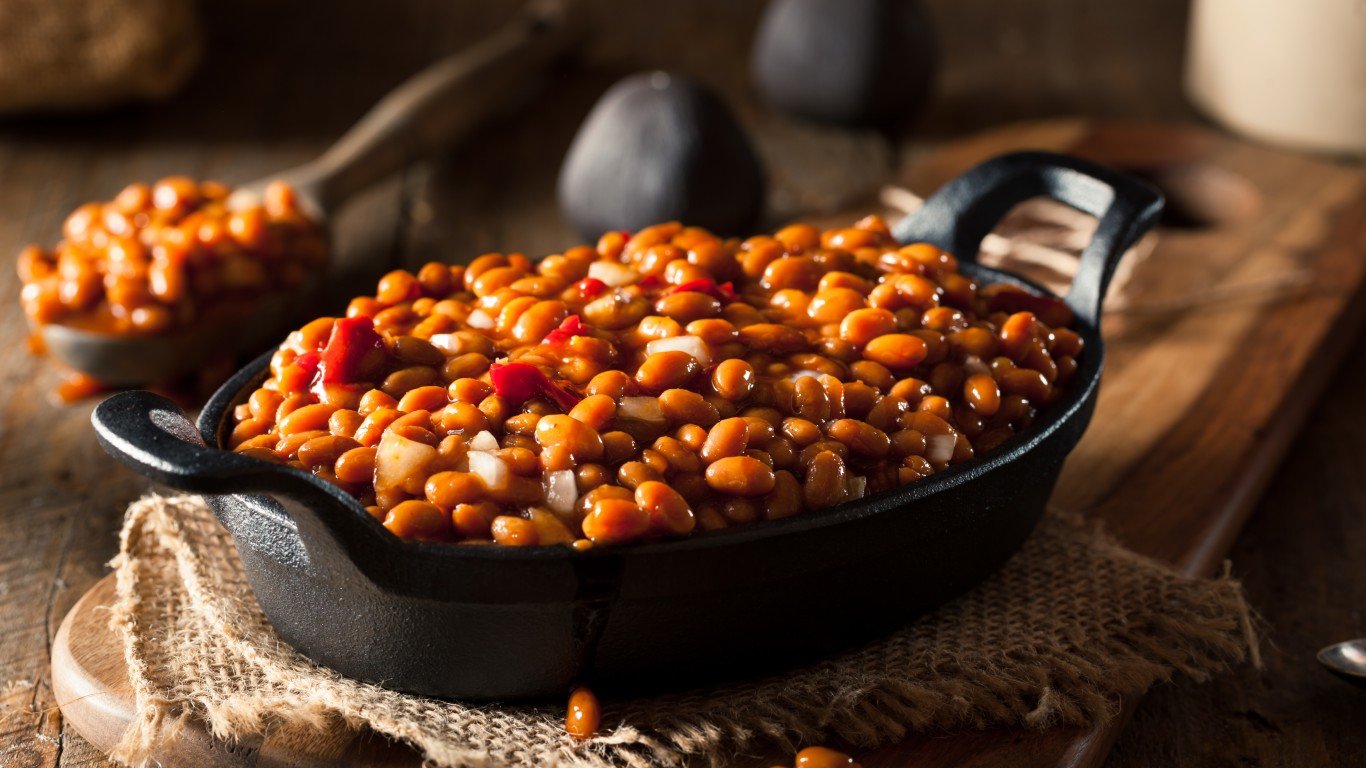
Indigenous peoples of Mesoamerica and the Andes began domesticating beans over 7,000 years ago. Trade networks brought these legumes all over North America. Tribes of the northeast including the Iroquois, Penobscot, and Narragansett are known to have baked beans in earthenware pots with maple syrup and animal fat.
Hot sauce
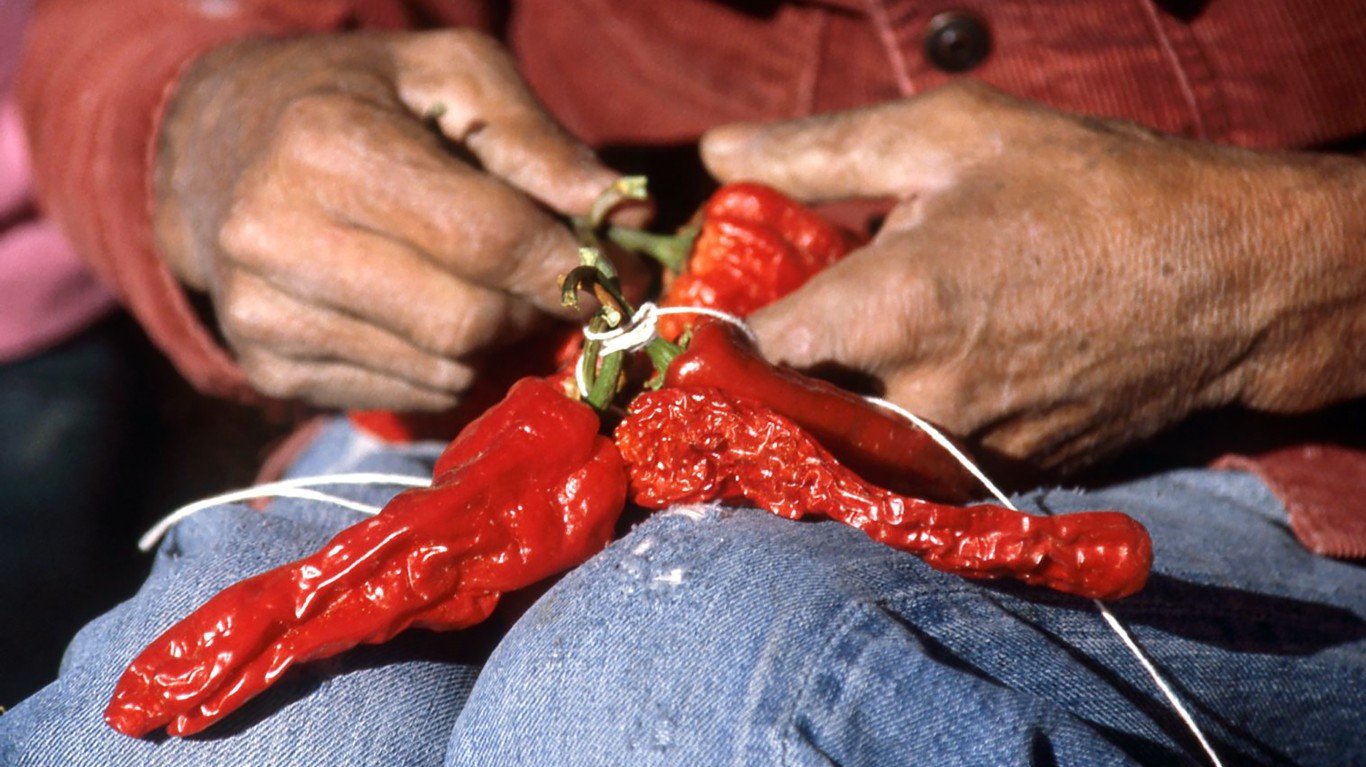
Mesoamerican peoples were cultivating and trading chili peppers as early as 6,000 years ago. The Aztecs likely invented the first hot sauce, which consisted of hot peppers blended with water and spices.
Popcorn
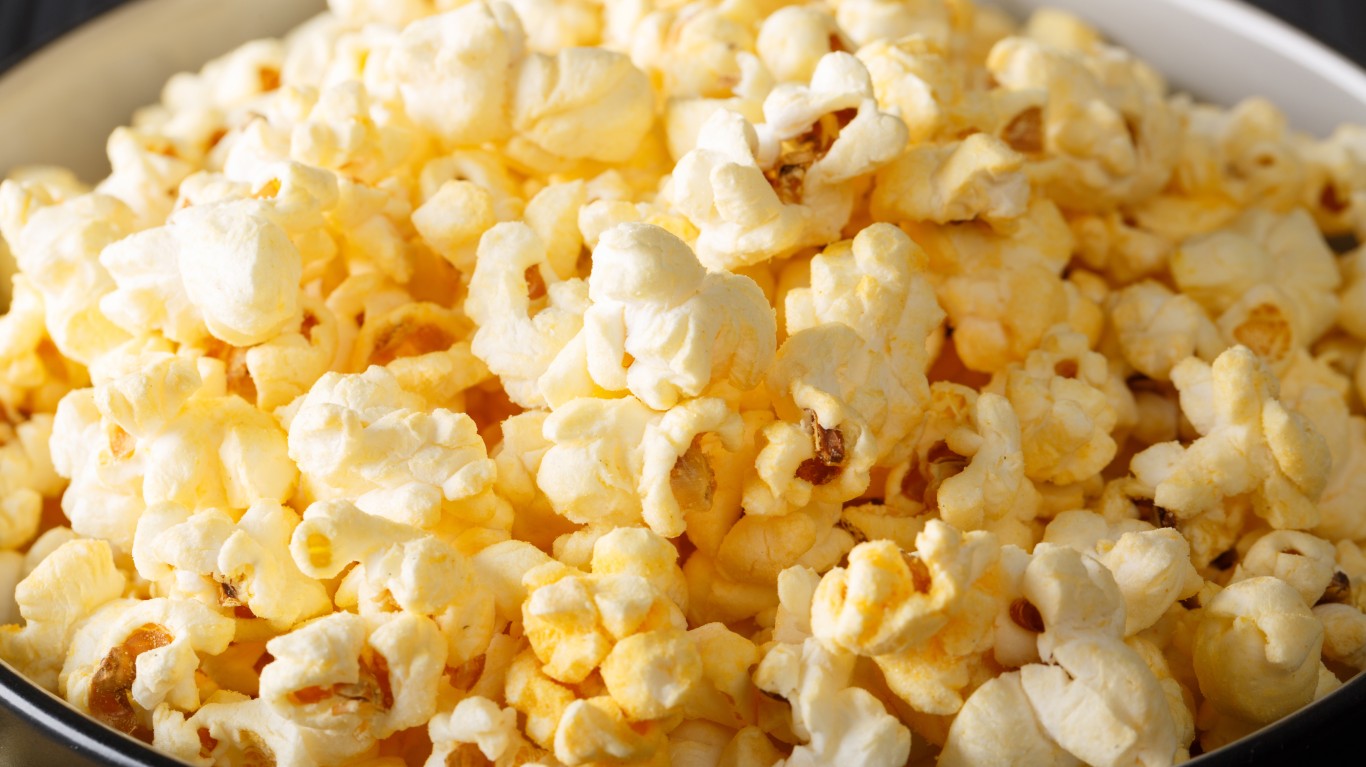
Maize is arguably the oldest and most important domesticated crop in the world. Corn was domesticated 8,700 years ago, and the first popcorn appeared about 2,000 years later in Peru. Evidence of popped corn has been found in archaeological sites throughout the Americas, and the Iroquois are known to have popped corn kernels in clay vessels in the 1600s.
Fried squash blossoms
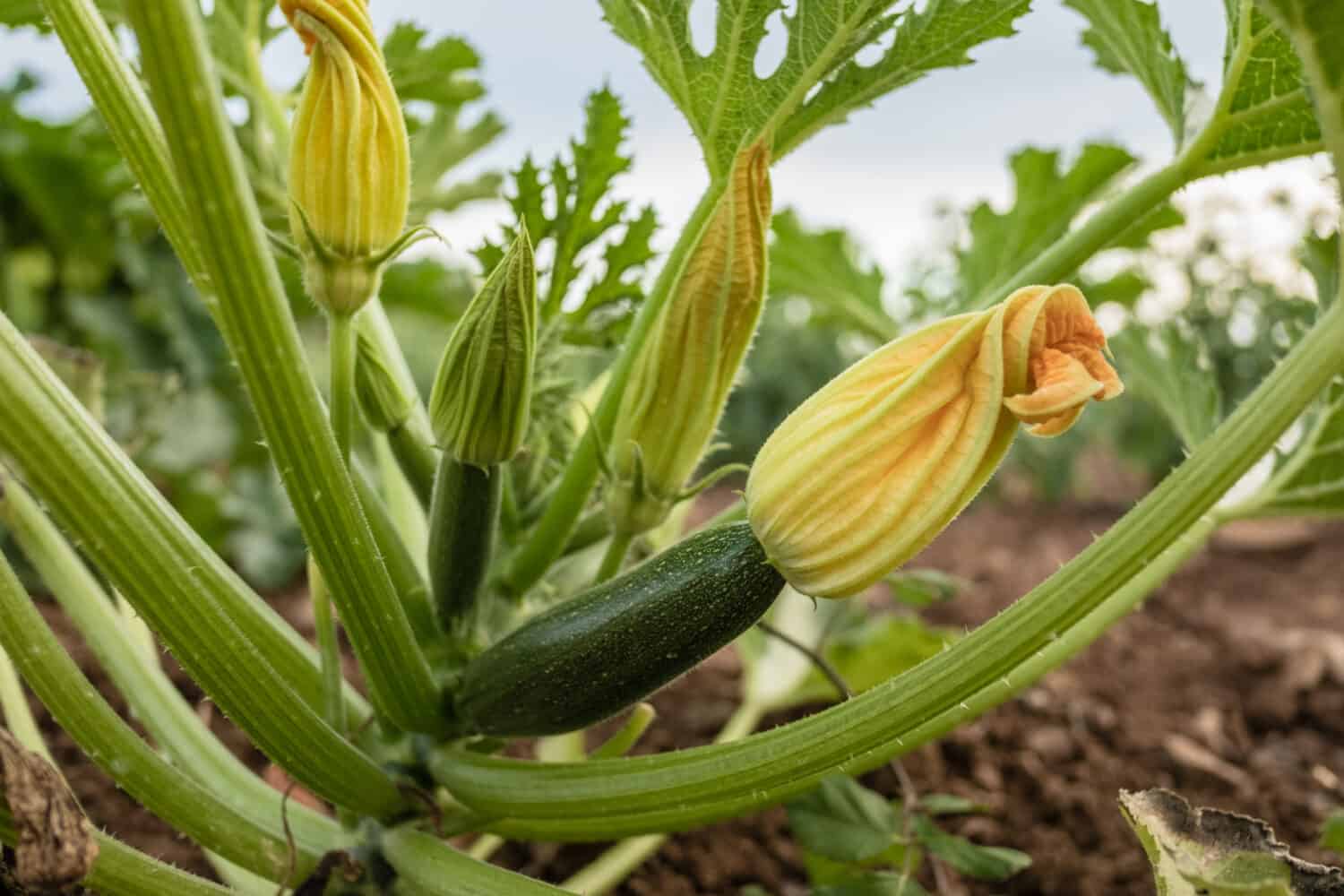
Another of the oldest cultivated crops in the world, squash were first domesticated in Mexico around 8,000 years ago and found their way all over the Americas. The word squash comes from the Narragansett word askutasquash which means “eaten raw.” Squash blossoms are a beloved part of the plant among many tribes, and the Zuni are known to fry them.
Hominy
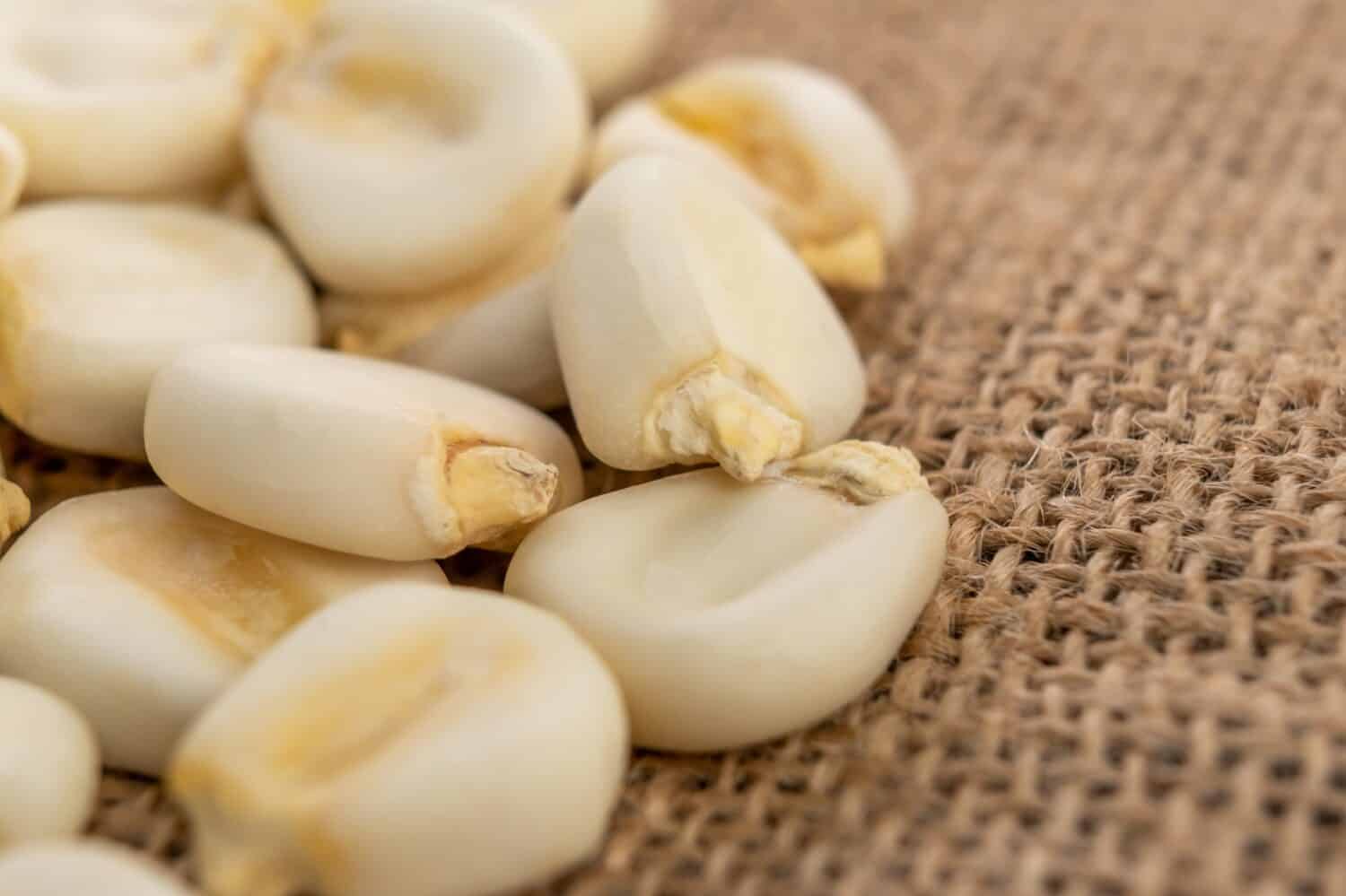
A staple in both Southern and Mexican cuisines, hominy consists of corn kernels that have been boiled with an alkali like lime (calcium hydroxide derived from limestone) or wood ash – a process called nixtamalization. This process makes the corn’s nutrients more bioavailable. Hominy may have originated in Mesoamerica but came to be enjoyed by peoples all over North America.
Maple syrup

Native Americans in the northern hardwood forests have been tapping sugar maple trees for thousands of years. Maple syrup was sometimes made by leaving the sap out to freeze, then removing the ice, leaving a thick sugary syrup behind. Eventually, boiling the sap became the primary method for making syrup.
Cedar plank salmon
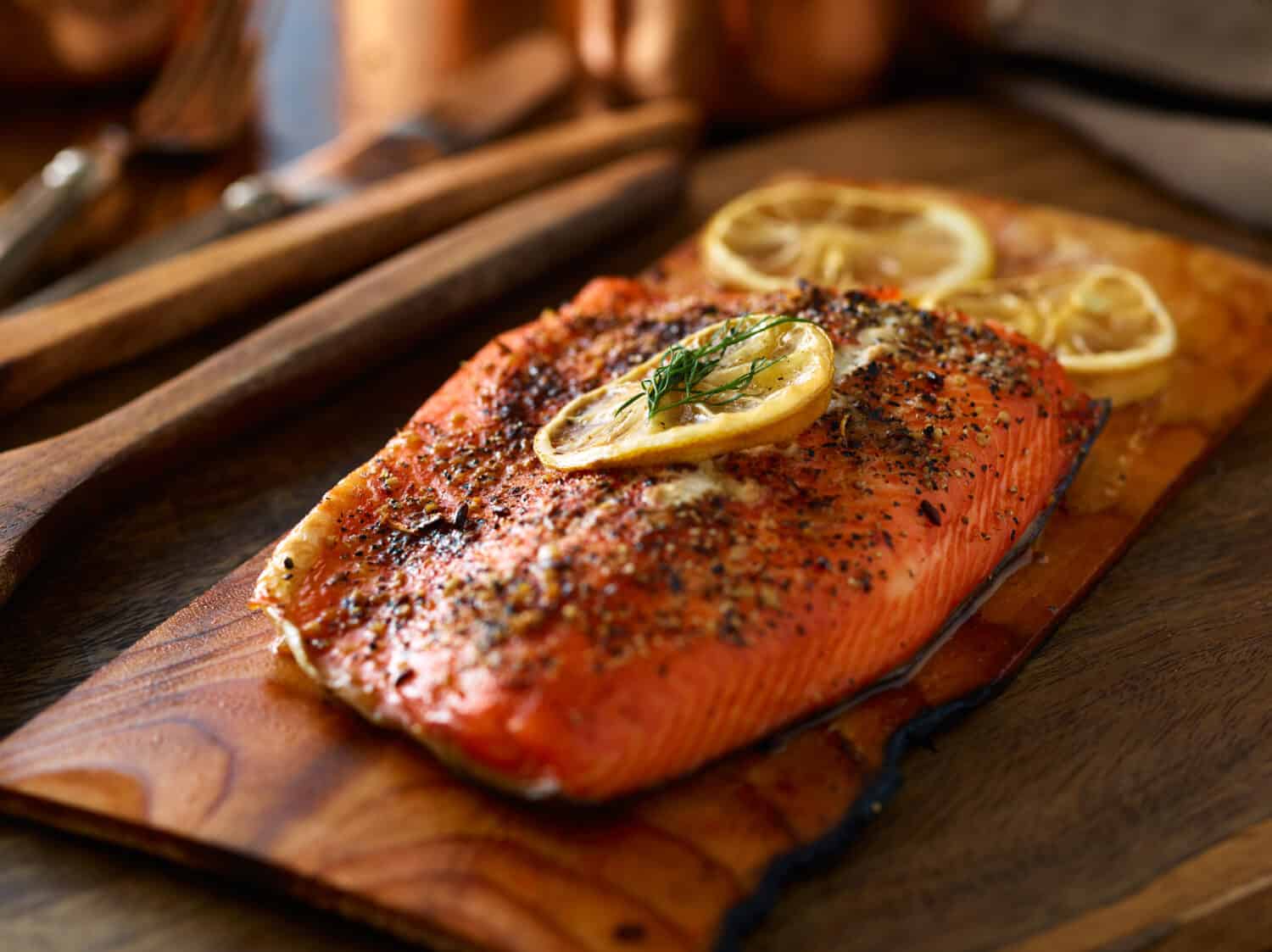
Salmon is a major aspect of not only the diets but also the cultures of many Pacific Northwest tribes including the Yakima, Umatilla, and Nez Perce, who have been grilling salmon on cedar planks since time immemorial.
Fried green tomatoes

A Southern specialty, fried green tomatoes have origins in indigenous cooking. Tomatoes originated in the Andes and made their way up to Central and North America. Near the end of the growing season, green tomatoes that didn’t have time to ripen were picked and fried so as not to waste them.
Beef jerky
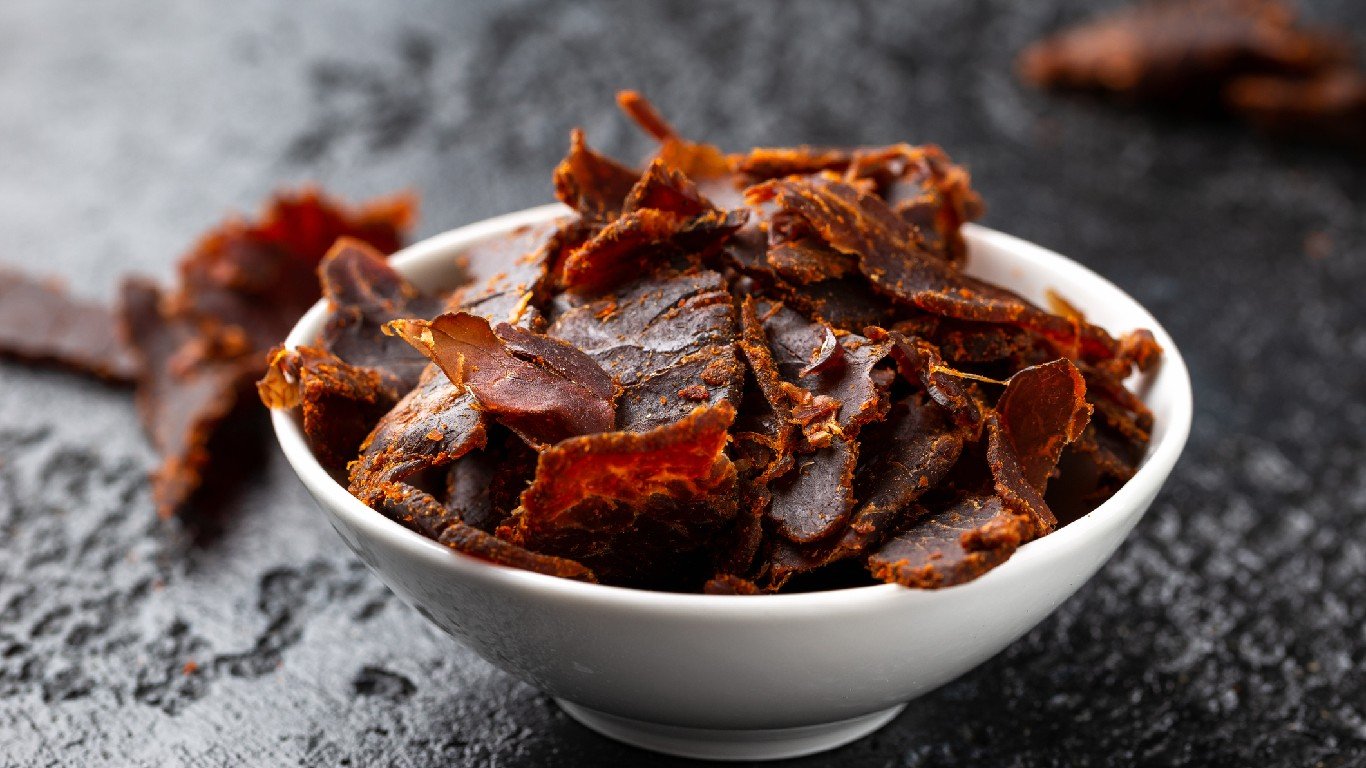
Derived from the Quechua word ch’arki, which means “salted, dried meat,” jerky has been around since at least the 1500s, when the Inca made llama ch’arki for travelers to carry in the days before refrigeration.
Nut milk
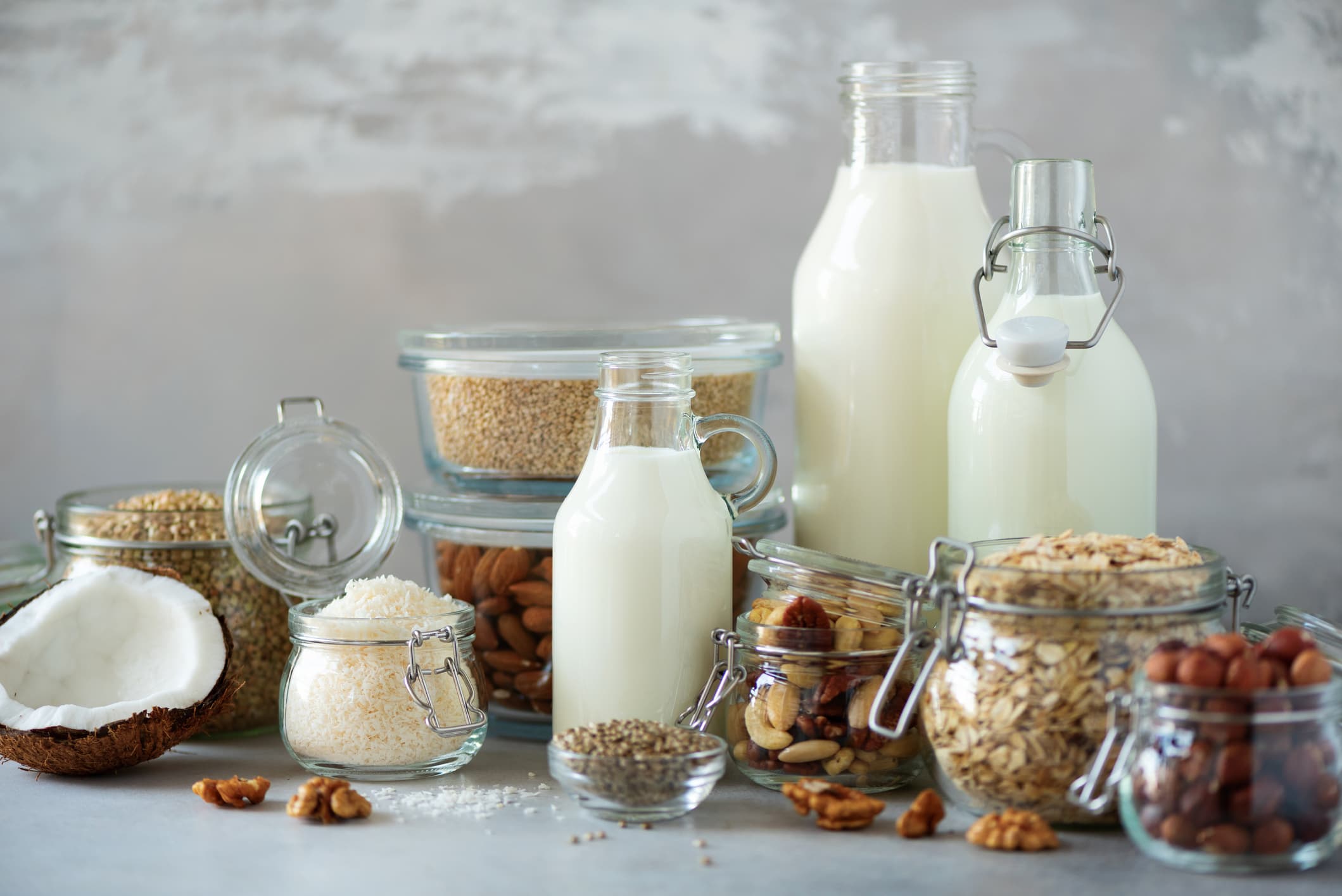
The Wabanaki tribes of eastern North America are known to have made nut milk and even a nut-based infant formula from ground up walnuts. In addition to walnuts, indigenous people of the Americas often used hazelnuts, beech nuts, and pecans to make nut milks.
Succotash
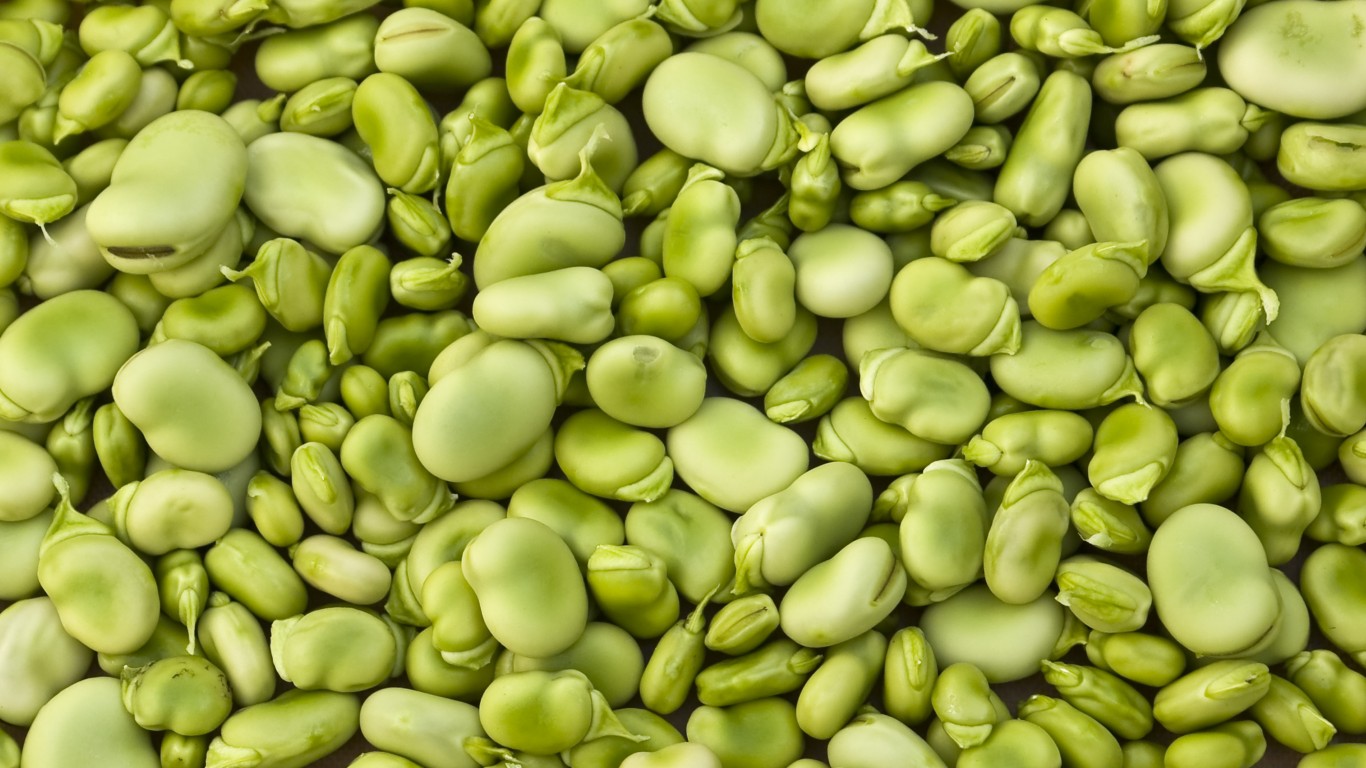
Derived from the Narragansett word msickquatash, which means “boiled corn kernels,” succotash is a traditional dish of corn, lima beans, and squash – mainstay crops known as the three sisters – to which other vegetables can be added. It has become standard fare in New England and beyond.
Roasted pecans
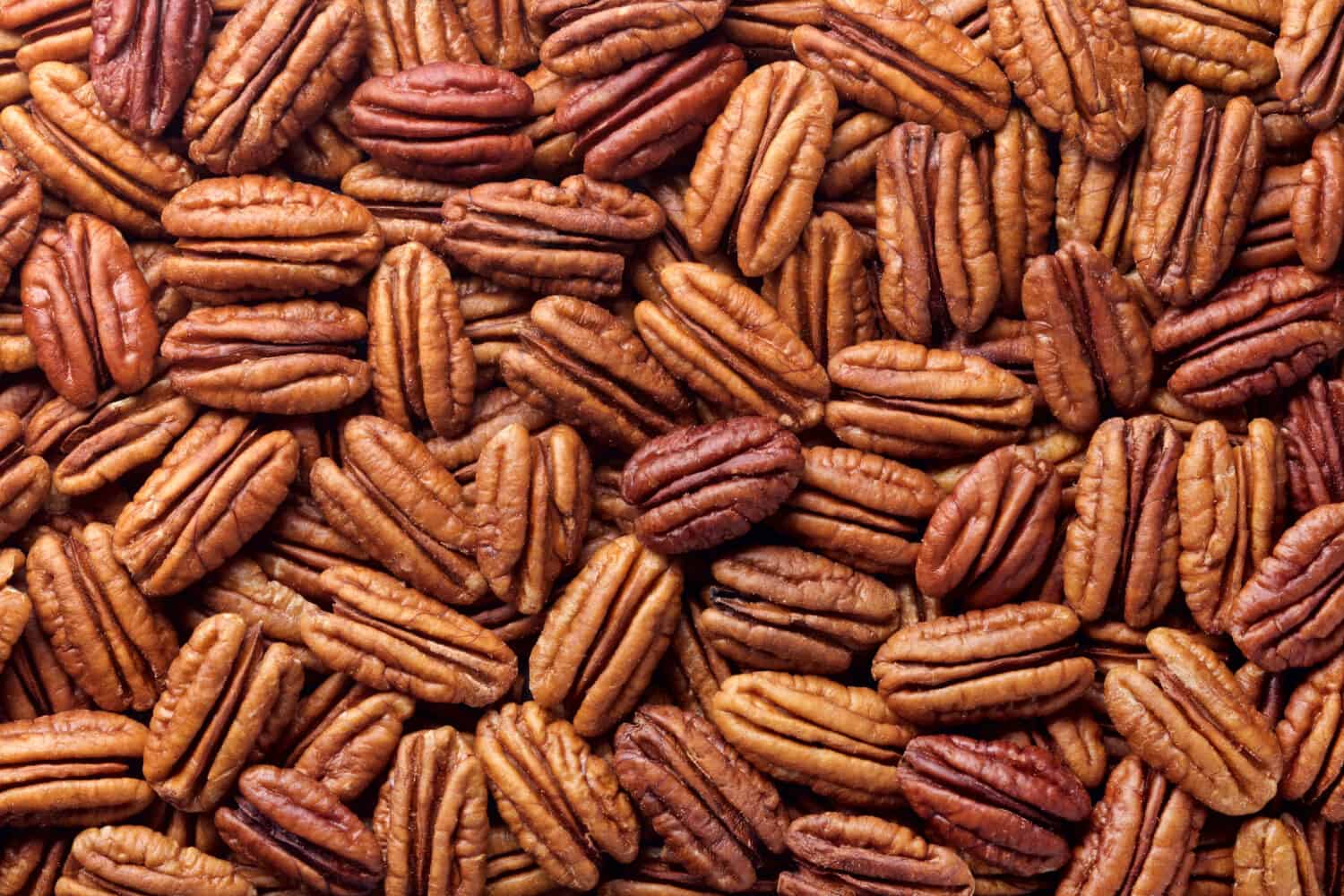
A prolific and nutritious food source found in eastern and central North America, the pecan was a staple for many indigenous people’s winter diets. The nuts would be harvested in the fall and roasted, boiled, or made into flour for bread.
Wild rice
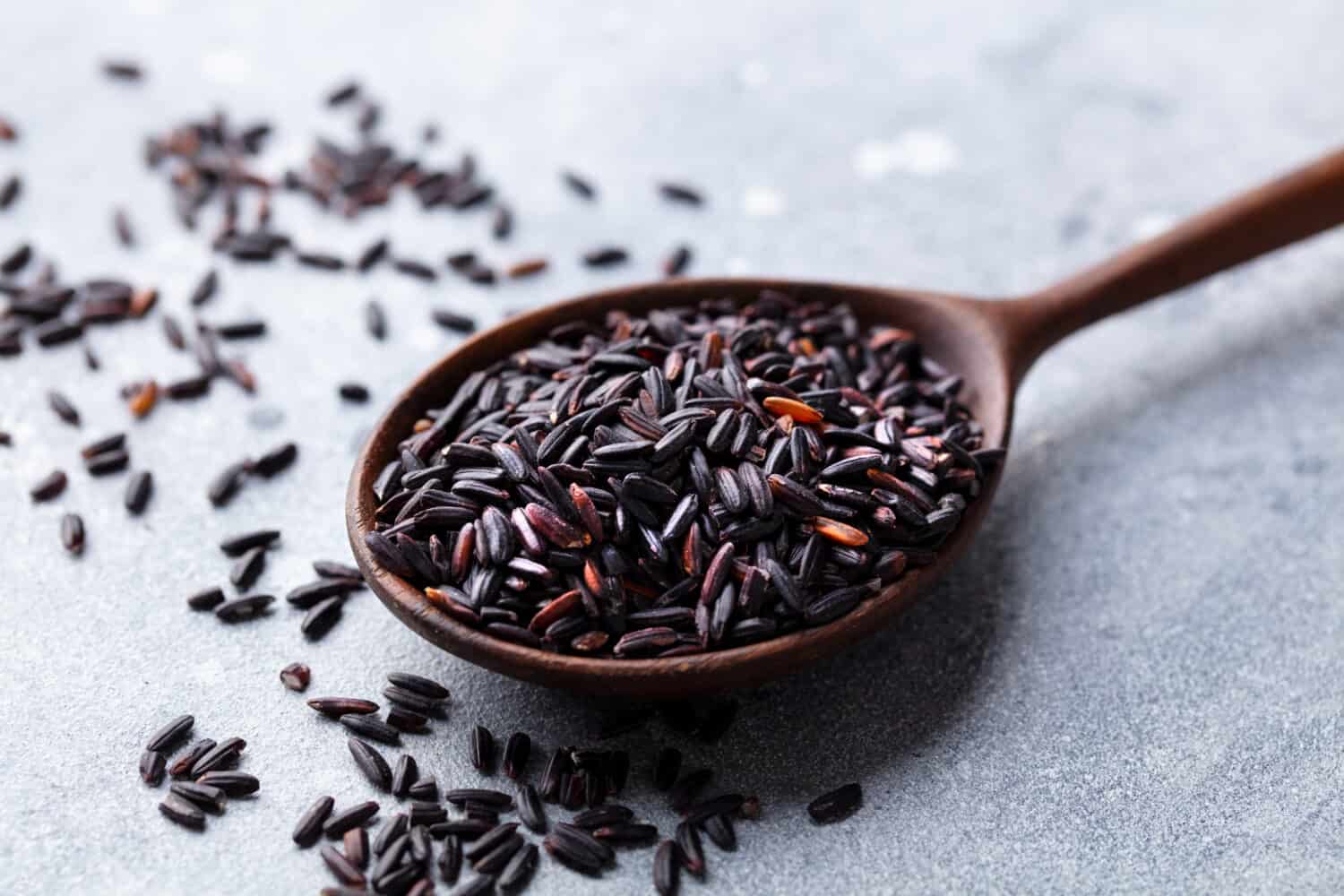
The seeds of an annual grass, native to aquatic areas around much of North America, were, and still are, an important wild crop for countless tribes, especially those around the Great Lakes including the Menominee, Dakota, Ojibwe, and Pottawatomie. A domesticated version of this wild rice is now available at virtually any supermarket in the country.
Hushpuppies
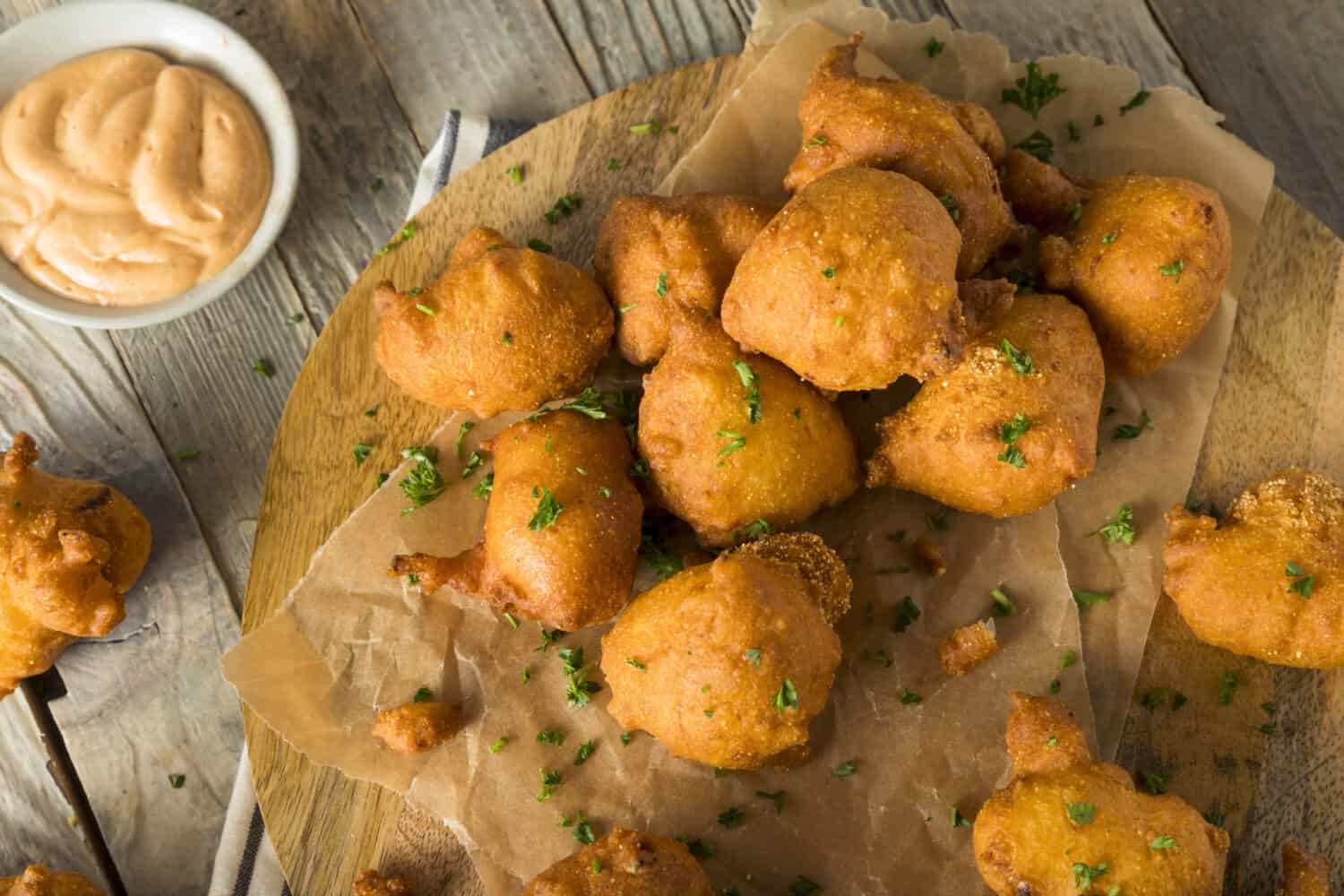
Although hushpuppies as we know them today are likely derived from a fish fry side dish called “red horse bread,” made famous by a Gullah cook named Romeo Govan, tribes including the Cherokee, Choctaw, and Seminole ate an early form of these cornmeal dough balls.
Nut butter
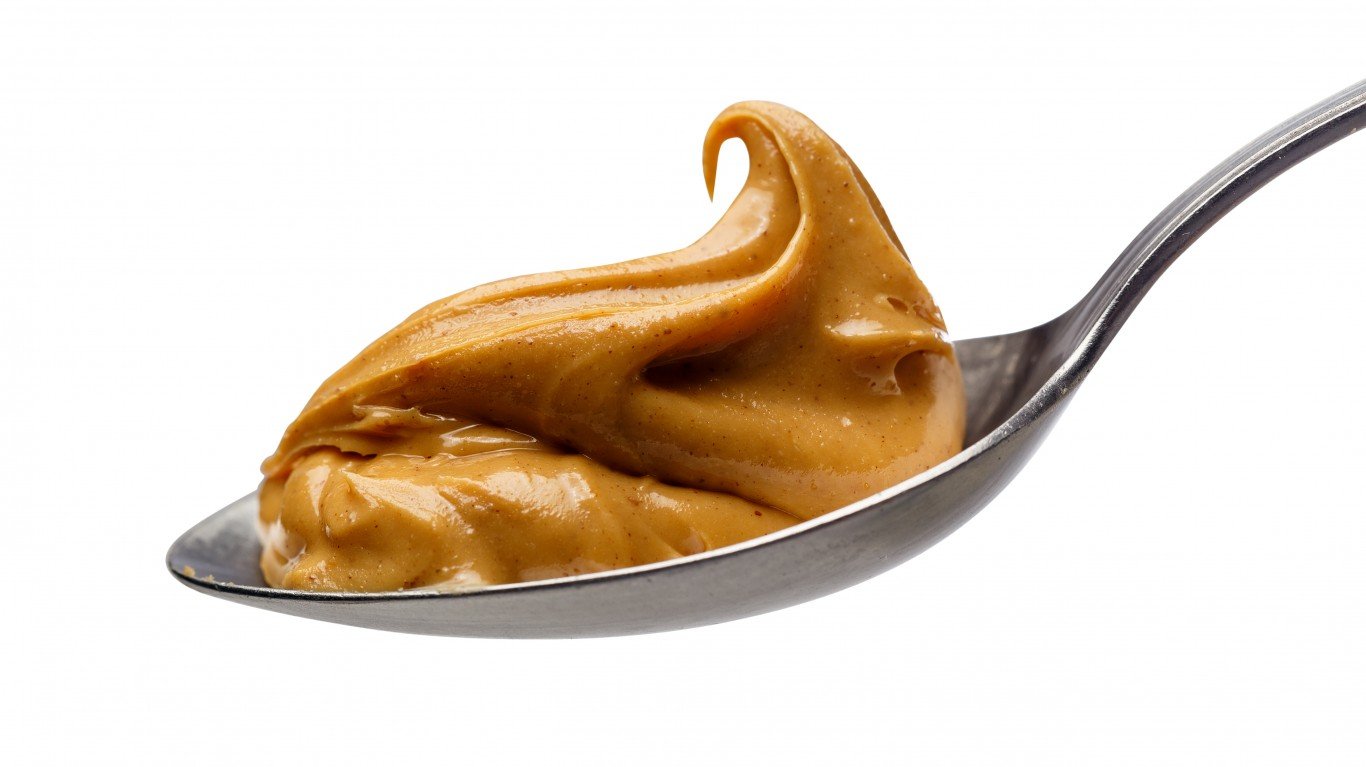
Wild nuts were a prolific food source for many tribes in the Americas. Chestnuts, hickory nuts, walnuts, beech nuts, and even sunflower seeds were commonly ground into a paste not unlike modern nut butter.
Barbecue

The Taino, the indigenous peoples of the Caribbean, perfected the art of smoking meat over a fire on a lattice, which they called “barabicu.” These meats would be heavily marinated and seasoned before smoking, much like modern barbecue.
Gluten free bread
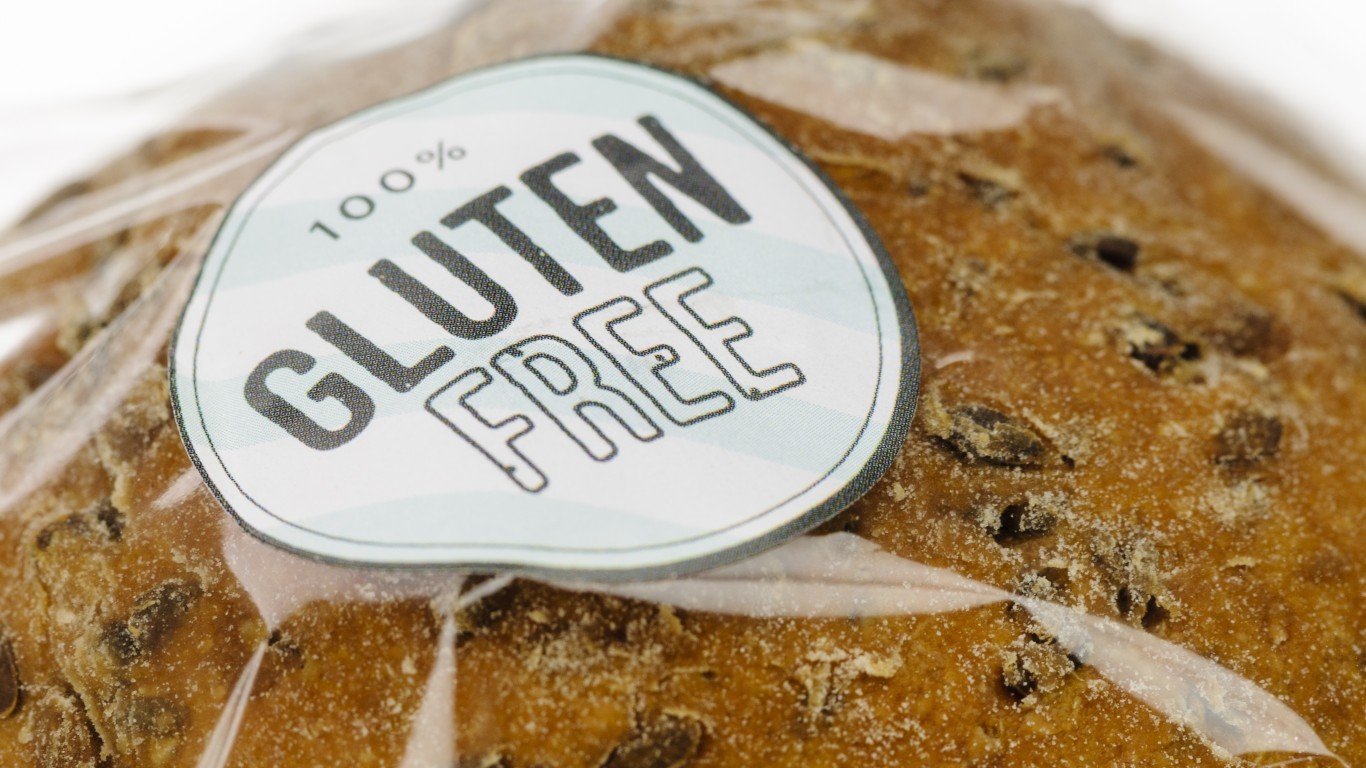
Long before people with gluten or grain sensitivities turned to nuts and seeds to make bread, Native Americans were grinding acorns, pecans, and other nuts into flour to make bread. Wheat didn’t arrive in the Americas until the early 1500s.
Berry jam
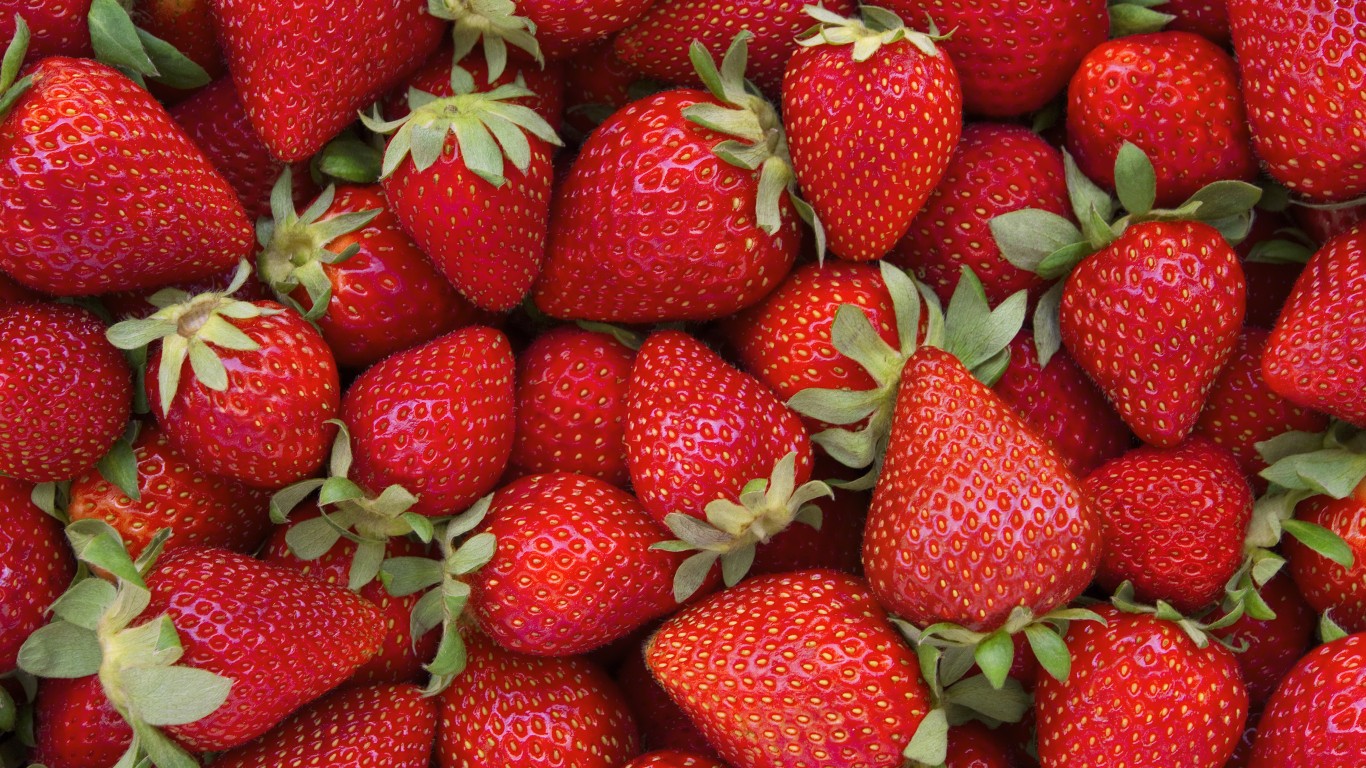
Strawberries, blueberries, raspberries, cranberries, blackberries, serviceberries…the list goes on. These native fruits ripen during a short window, and were traditionally preserved by drying or being cooked into a jam. A Lakota berry jam that is still popular today is called wojapi.
Pine nuts
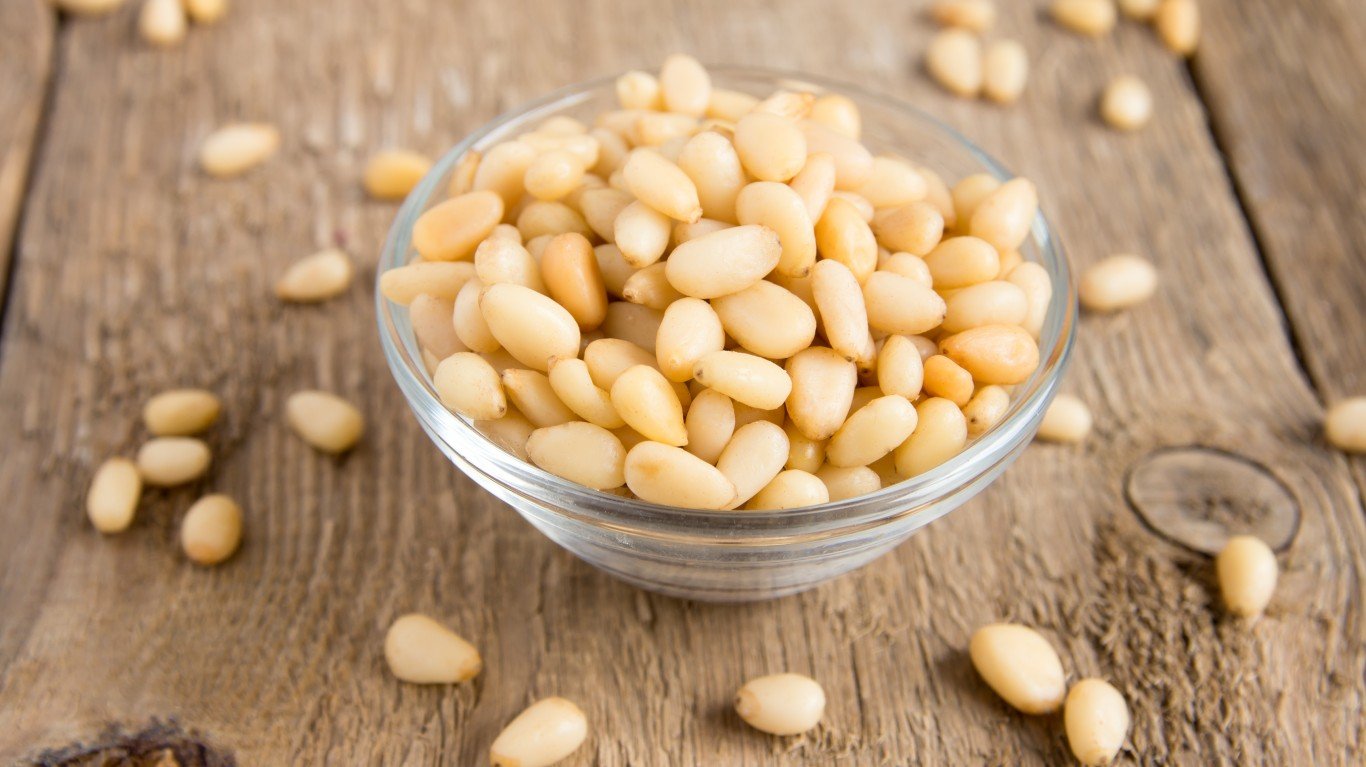
For over 10,000 years, people in the Great Basin have harvested pine nuts as an essential source of protein and amino acids. These tasty delicacies from the piñon pine were treasured by the Hopi, Shoshone, Paiute, and Washoe.
Quinoa
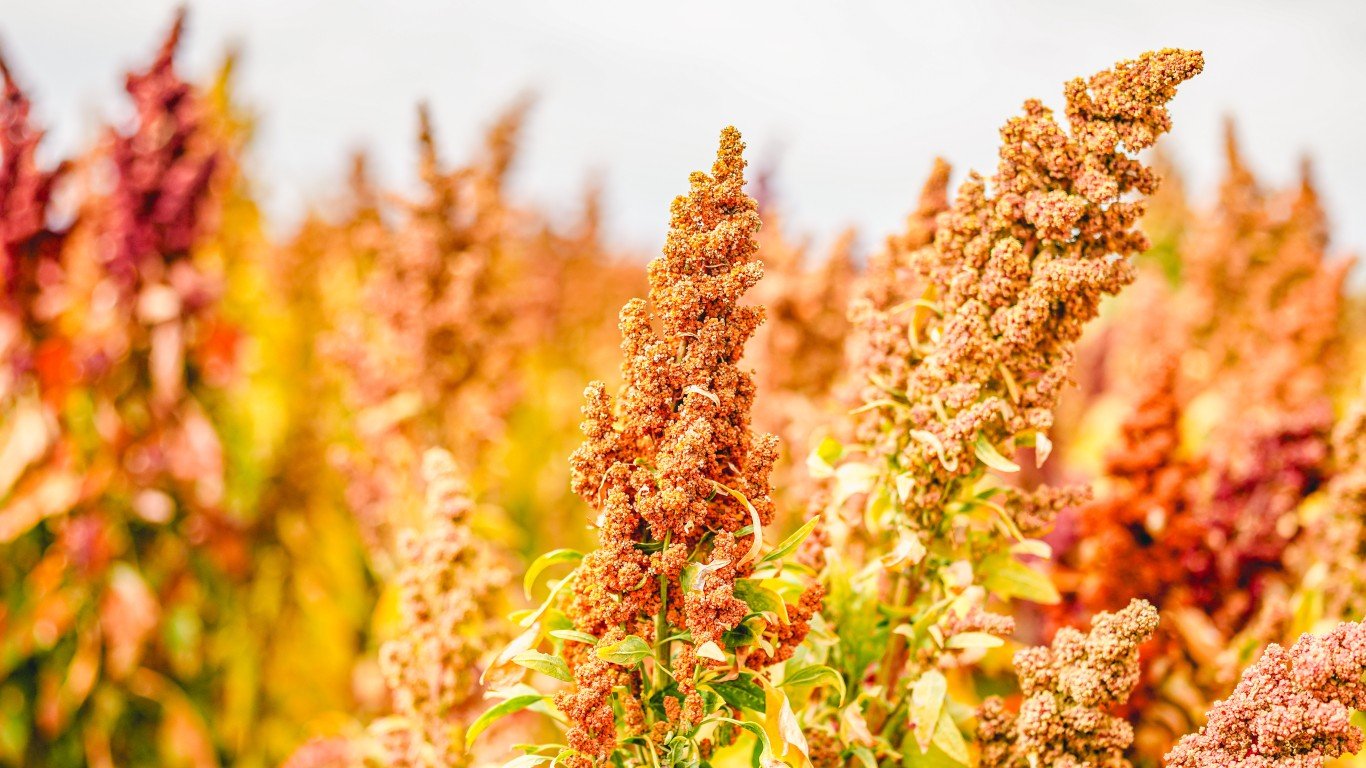
This protein-packed seed, which is cooked and eaten like a grain, became popular in the U.S. in the early 2000s, but Andean peoples began cultivating it 5,000 years ago. In addition to the seeds, the Inca also ate the leaves of the plant.
Pumpkin
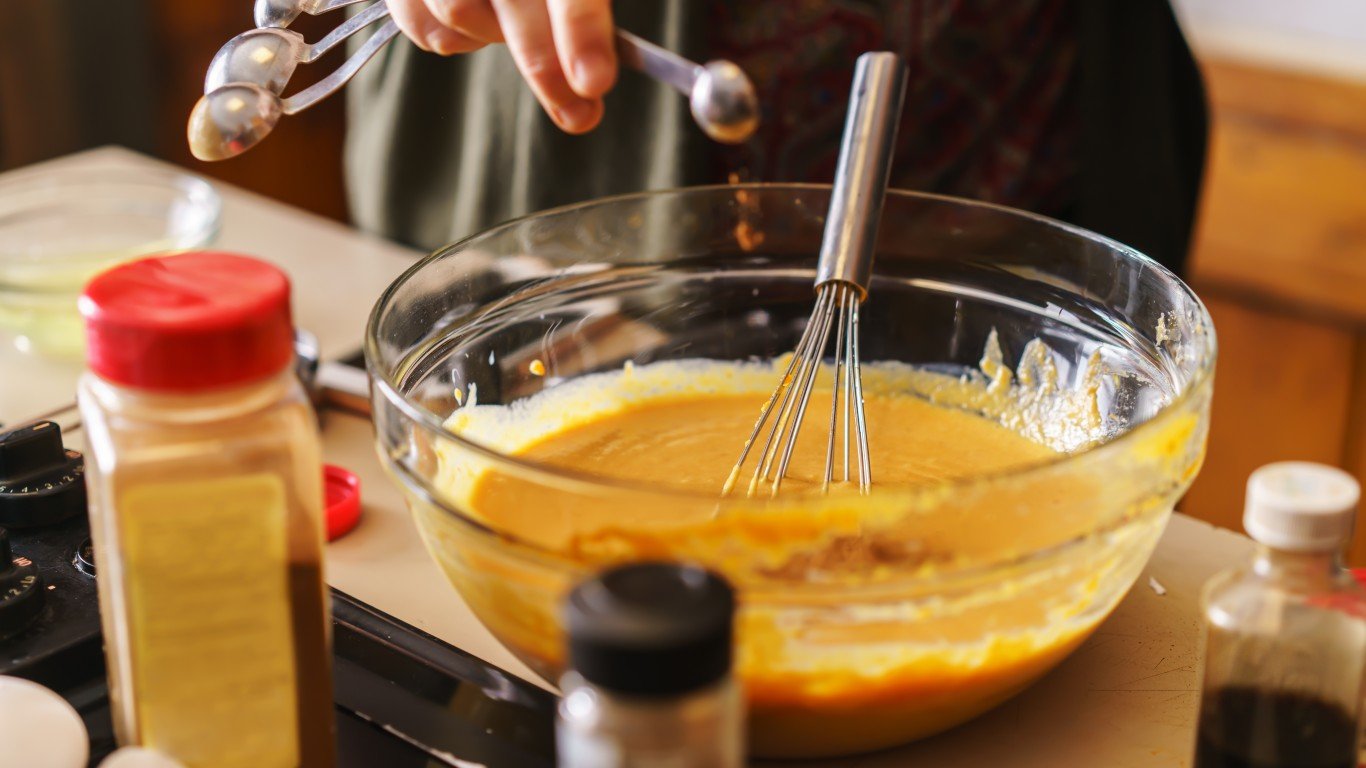
An incredibly versatile food crop, pumpkins can be eaten as pie and in soups. The seeds are sometimes roasted for a snack, and the blossoms are stuffed and fried. Native Americans ate them in many of these ways as well. They also dried strips of pumpkin to eat in the winter and made flour out of the dried flesh.
Venison stew
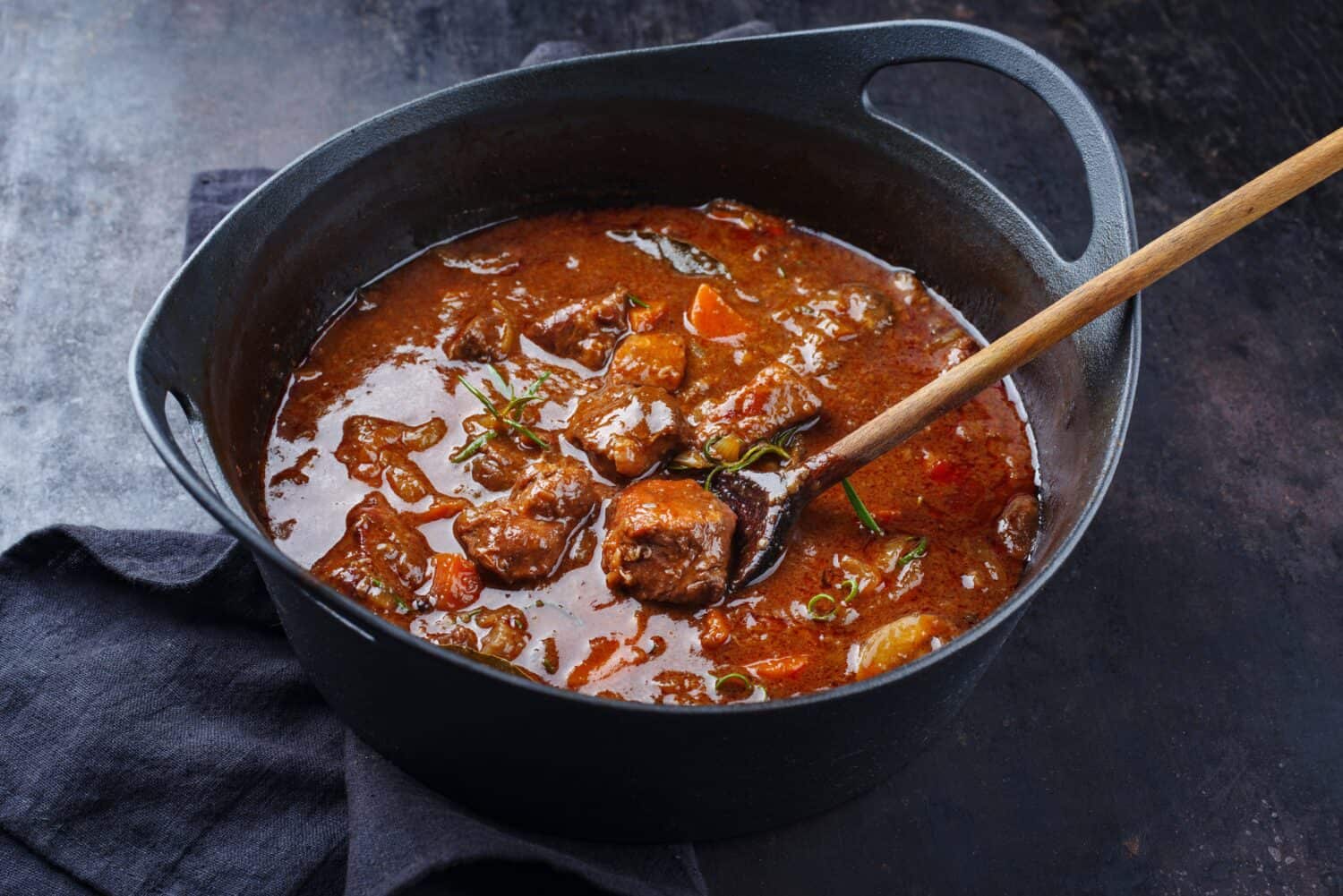
Hunters and their families have likely all enjoyed a comforting bowl of venison stew. Native Americans hunted wild game long before the arrival of domesticated chickens, pigs, and cows; and venison stew was often on the menu.
Grits
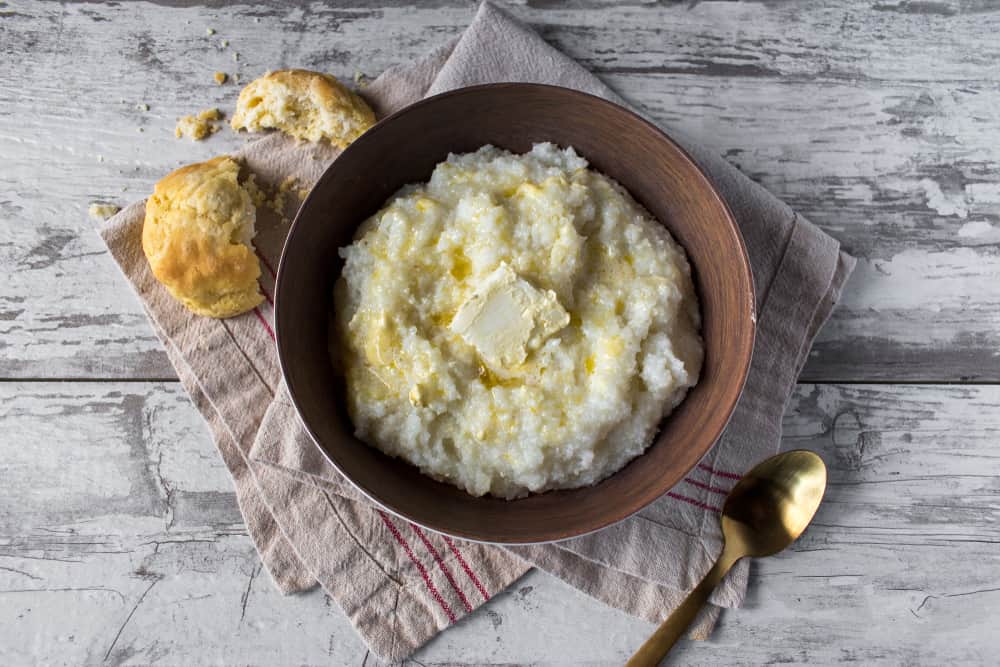
Common in the South, this porridge made of boiled cornmeal has a striking similarity to sofkee, a corn dish made by tribes in the same area. The Seminole, Muskogee, Cherokee, Choctaw, and many other Southeastern tribes have their own versions of thick, cracked corn soup.
Filé
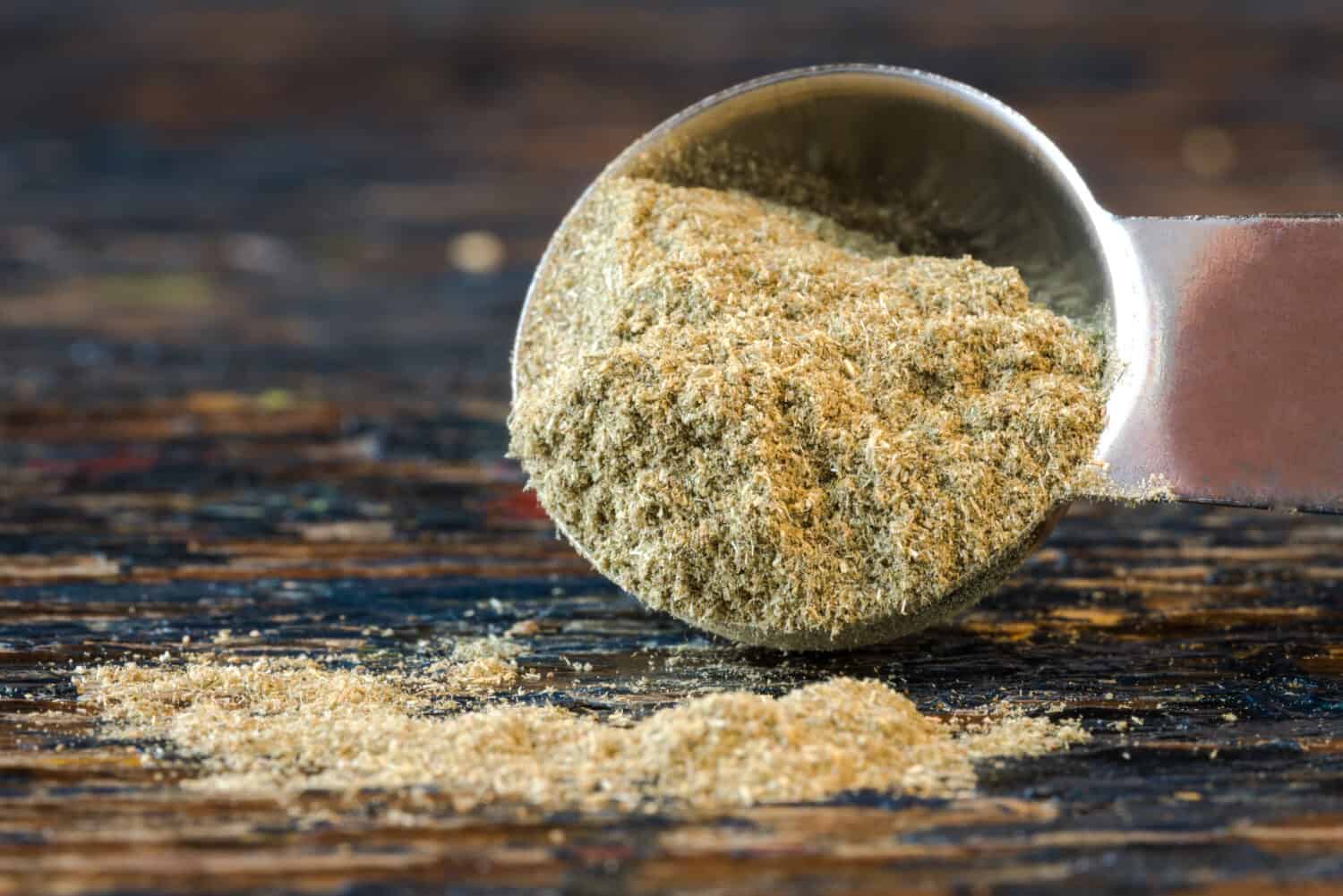
Sassafras, a plant that grows throughout much of the eastern U.S., has historically been used by Native Americans as food and medicine. The Choctaw were known to use the ground leaves to thicken soups. When the French got their hands on this, they named it filé, and now it is a staple in creole cooking.
Hot chocolate
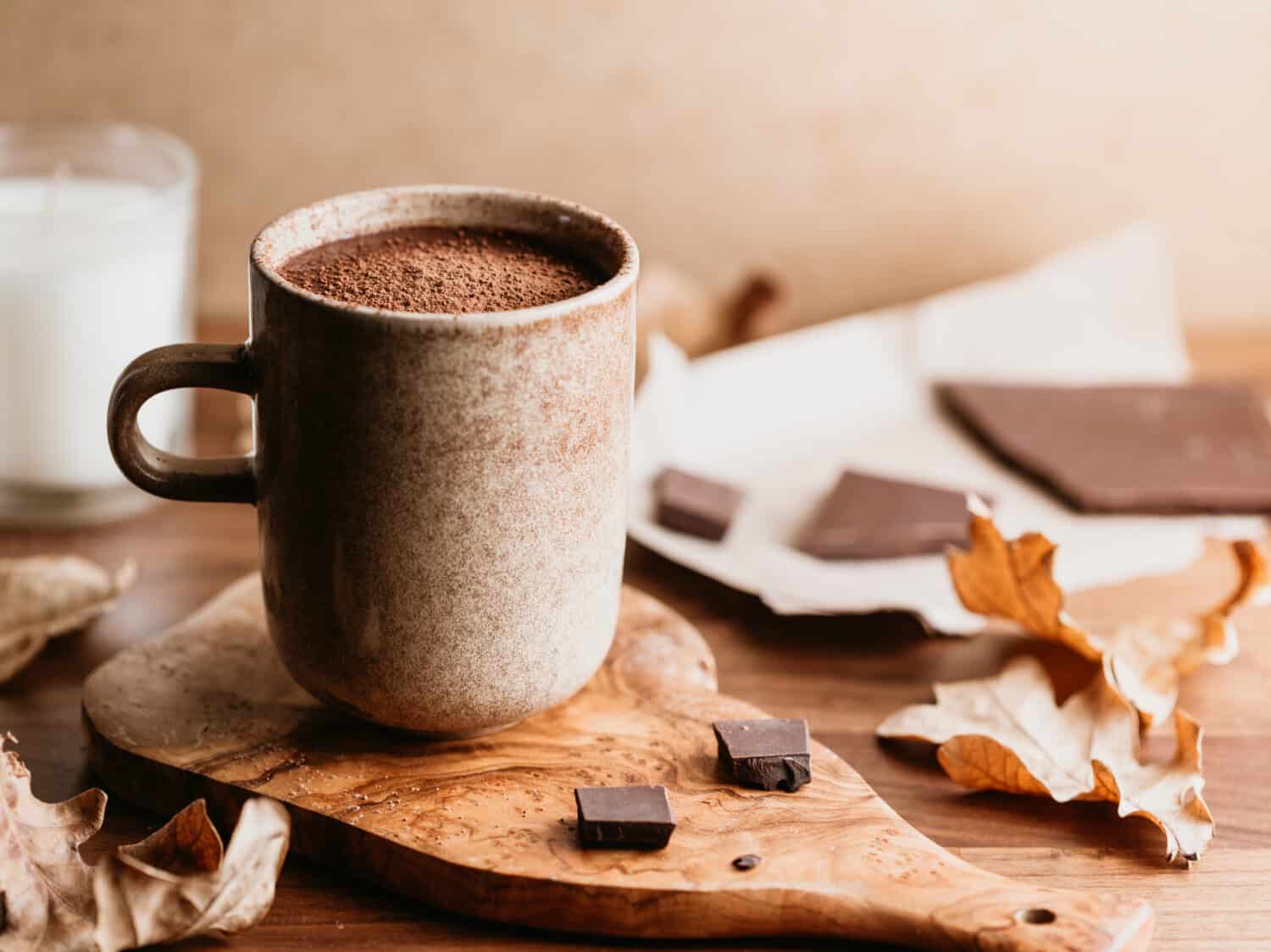
The earliest known Mesoamerican civilization, the Olmecs, were the first people to create drinks out of chocolate. These were likely used for ceremonial purposes. The Olmecs passed this tradition on to the Maya, who took to drinking their hot chocolate spiced with chili peppers.
Instant potato flakes
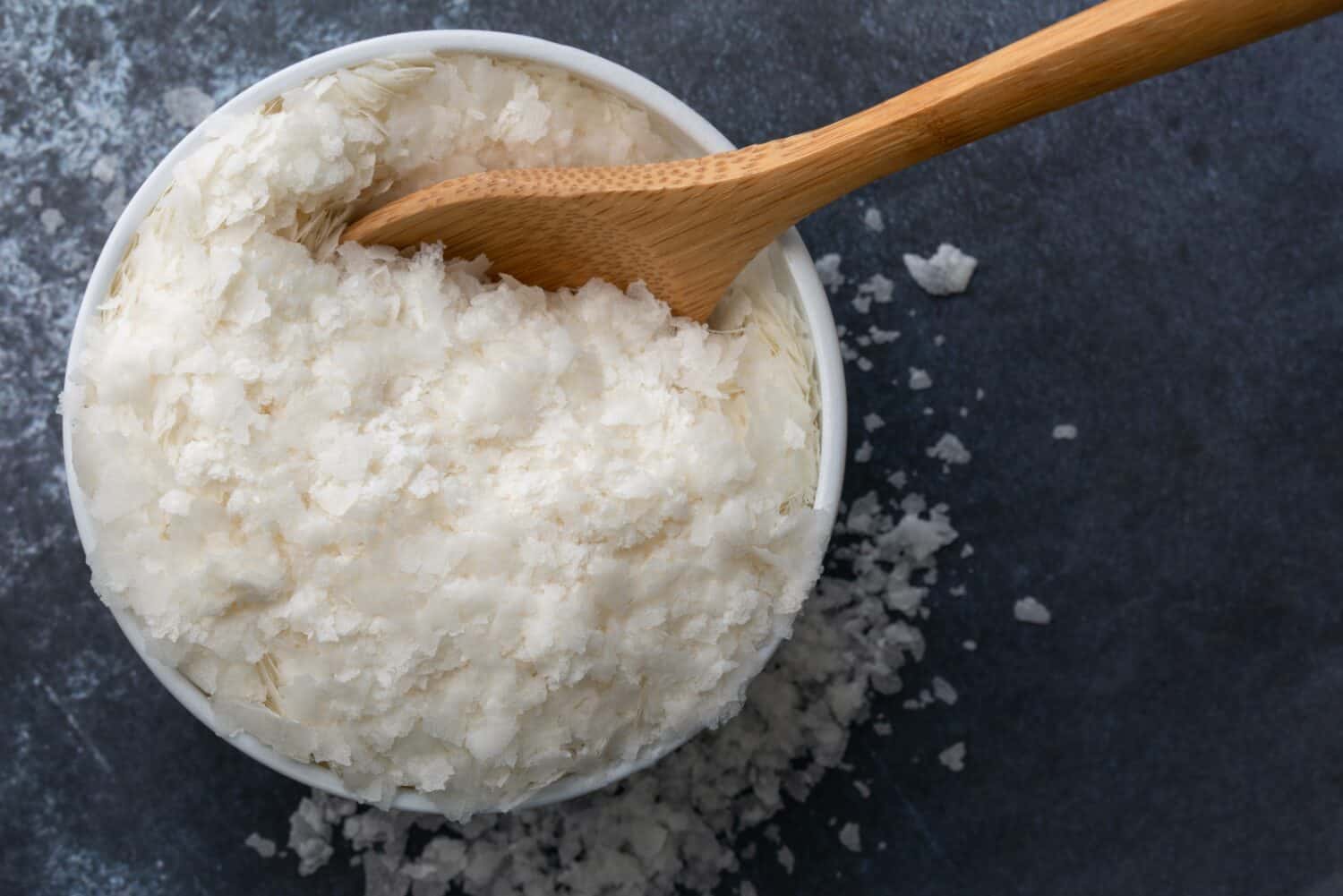
Common in pantries nationwide, instant mashed potatoes or potato flakes are a simple, time-saving dinner ingredient. Andean peoples, who cultivated the first potatoes, have been freeze-drying potato flakes for millennia.
Sunflower seeds
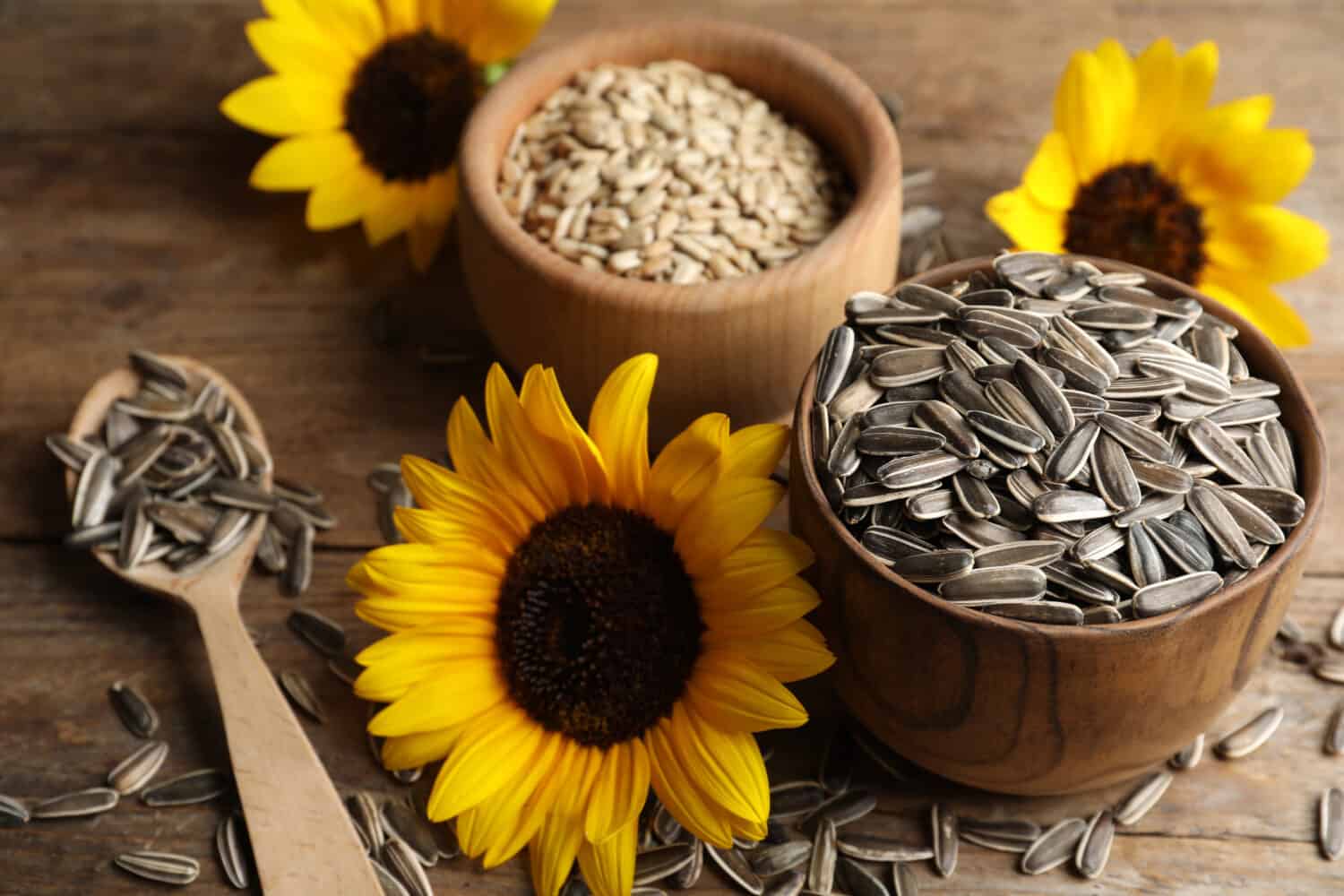
Native tribes used sunflower seeds in many ways, including pulverizing them into flour to make bread, grinding them into nut butter, and eating the roasted seeds, much as we do today.
Cornbread

Corn was historically eaten in hundreds of different ways by indigenous people, including baked into a steamy loaf of hearth-baked bread.
